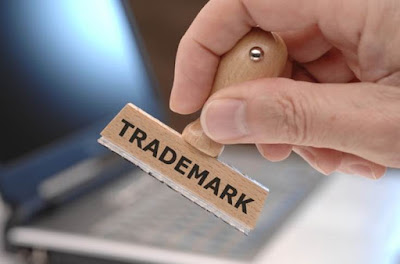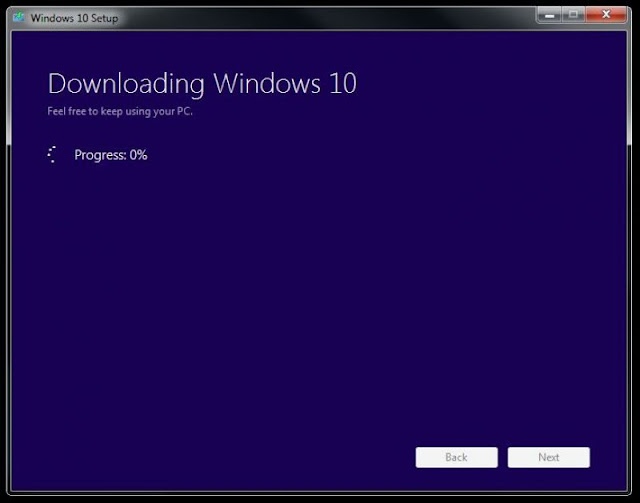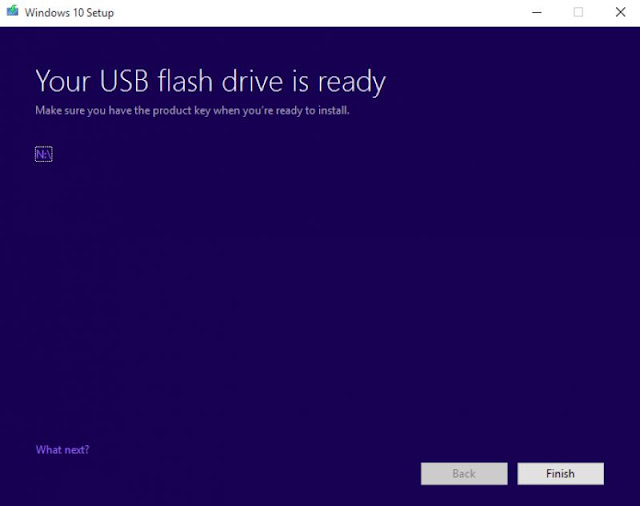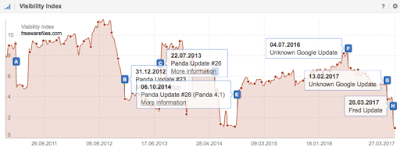With increased penetrating online presence, corporations change into prone to totally different varieties of on-line infringement and model abuse, similar to sale of counterfeit products in the course of the internet and malpractices employed in search engine marketing, unsolicited email, phishing, cyber squatting, brand jacking, and many others. internet identities are fluid and will also be morphed any time, leaving proper-holders in the lurch in relation to securing strong proof towards the infringes. this article talks about how one can protect your model and trademark online.
With the upward push of the internet traditional brick-and-mortar businesses discovered a possible instrument to enlarge their attain on a digital platform that used to be no longer best open, unregulated and versatile however had tremendous doable in the case of how firms might make the most of their instruments and key strengths.
on-line presence is now perceived as a natural extension of, and vital to the business enlargement methods of firms. Most corporations do that by way of putting in place a website that highlights the firm’s industry objectives, objectives and its products/services and products. This content is on a regular basis hosted on a 2nd-level area title that's purchased via one of the crucial industrial service providers (called registrars) dealing in shopping for and promoting of domains – for instance, GoDaddy, network solutions, and so forth.
on-line brand abuse of this nature can land trade owners in scandals and messy prison disputes, with consumers leveling allegations in opposition to the official brand-house owners for faulty merchandise, faulty services and products, etc. faced with such a state of affairs, it's no more feasible for companies to completely reply on conventional trademark protection laws and methods to protect their manufacturers; a holistic and powerful trademark protection technique needs to be centered in location to fortify regular legal IP mechanisms to tackle such unpleasant scenarios.
domain name as a Trademark and the need for defense
A duly registered domain identify cannot handiest act as a navigator on your site, however can be the “digital face” of your enterprise, let global accessibility of your products and services, and in addition give protection to you from unauthorized use of your area identify by means of 1/3 parties.
It does need to fulfill sure criteria to be registered though; just like emblems, a domain name should be unique so that you can distinguish and establish your items/services from that of other firms, must now not be ambiguous, and can even be principally distinctive from different neatly-identified emblems on the net in order that it does give upward push to confusion, errors, deception, and many others. It should additionally, like a standard trademark, no longer be one who violates public order or morality. The rising magnitude of domains being identified at par with emblems used to be seen by the Supreme court of India in Satyam Infoway Ltd. vs. Sifynet options Pvt. Ltd.
domain name contains an internet Protocol (IP) address, the place the title portion of the area title is called the 2nd-degree name, to be created or chosen through the applicant/entrepreneur. the end component of the area title is termed as the highest-degree domain (TLD), and is additional categorized into everyday high-degree Domains (gTLDs) and the country-Code prime-degree Domains (ccTLDs). at the moment, one of the TLDs popularly is use are .com; .org; .internet; .gov; .in, and many others.
Recognizing that the web was once quick getting saturated with these common domain names, the web corporation for Assigned Names and Numbers (ICANN), a non-profit organization overseeing administration of internet domains, took the decision so as to add more high-stage domains, and due to this fact on January 12, 2012 it invited applications for brand new popular prime-degree domains. These new applications embody terms reminiscent of .advertising; .search; .app; .social; .chevrolet; .toshiba; .legislation; .tickets; .cafe; .bridgestone and lots of others making up the 1,930 applications obtained with the aid of ICANN.
As increasingly folks flock to get their domain names registered and the opportunity of the identical being licensed looms large, on-line abuse instances underneath these thousand and so domains can even rise exponentially. along with the woes listed to start with of this text, there arises major issues of spamming, spoofing and a host of fraudulent actions that may take place the usage of one of these newly launched domain names.
some of the most prominent online brand and trademark safety strategies had been mentioned under:
safety strategies
1. Register your trademark in the Trademark Clearinghouse – The Trademark Clearinghouse, a new addition with the introduction of the ngTLDs, can act as a watch tool on behalf of ICANN of owners conserving registered emblems (the usage of which has been proven) by means of notifying the 1/3-birthday party applicant of 2nd-stage domain names similar to the one registered in the TMCH, and if the applicant nonetheless needs to move in advance with the method, the logo owner will be notified, following which the trademark proprietor can take appropriate motion.

2. Register Your area title Pre-emptively – This is among the perfect tips on how to stop somebody from registering a brand as a site title beneath the new ngTLDs; brand owners can in most cases partake in daybreak classes ranging between 30-60 days by way of registering domain names just like trademarks within the Trademark Clearinghouse on a priority basis. This unquestionably gives brand homeowners a definitive advantage over most people.
three. reveal area name labels – you will need to reveal infringing domains carefully; infringers intentionally bask in typosquatting (deliberately spelling a trademark fallacious or inserting a typographical error in a website name) to attract visitors to their web pages.
four. Register all TMCH registered trademarks below the area safe marks record – The area name protected listing (DMPL), a blockading carrier initiated by means of Donuts that utilized for greater than 300 ngTLDs, by which brand homeowners can reserve their marks under the checklist. So any new area title sought to be registered with an similar 2d degree area title of a registered trademark of a model proprietor underneath DMPL shall be immediately blocked.
5. File UDRP actions against infringing domain names – The Uniform area title Dispute resolution policy (UDRP) so as to now govern dispute lawsuits below the gTLDs, can pressure switch of a domain identify to a brand owner or even cancellation, should the complainant succeed in the court cases. The time frame of resolving such disputes is less than three months and significantly inexpensive than the traditional litigation process.
6. Take movements in opposition to infringing parties underneath URS – The Uniform speedy Suspension, a cheaper different to UDRP can also be resorted to; this on the other hand, will simplest lead the infringing domain identify to be left in suspension (rendering it inactive and un-usable via any individual). If as a model owner you are in a hurry for some sort of aid, this can be a just right possibility.
In India, the nationwide internet trade of India (NIXI) governs management of domains below the unrestricted domains (.in, co.in, net.in, org.in, etc.) as well as limited domains like ac.in, edu.in, gov.in, and so forth. The arbitration process underneath INDRP (IN domain identify Dispute decision policy) is similar to that below UDRP and URS. at the moment, the price for submitting a criticism underneath the identical is Rs.30, 000/- plus a charge of Rs.2000/- for personal hearing (most two hearings).
common protection Measures
1. establish a website identify policy/process in place to your firm – Having in place written policies/methods pertaining to purchase and safety of domain names in addition to their safety from abuse, is a should for firms. this will likely require the coordination of quite a lot of departments/units within the company – the IT department, advertising and marketing, security, logistics and the felony devices.
2. Register key domain names and register early – corporations will have to register best those key suits and customary misspellings of the manufacturers which are most recurrently used and searched (.com, .internet, .org), and people conducting trade out of doors the U.S. or taking a look to take action in future must register domains attaching the correct ccTLD (for instance, .in for India). it's best to move for protective registration than later become involved in criminal disputes over the same. also, the earlier the area title gets registered, higher safety it receives. that you would be able to hire specialized services for a similar who can work in tandem with your legal division to observe any new fascinating domain names as neatly to become aware of infringers.
3. Renew domain names well timed – companies should renew their domain names periodically; for core domains (these that includes on the company web site etc) an computerized renewal machine may be arranged. you want to also buy these domain names for a duration of a number of years at a time.
four. engage with customers instantly thru social media systems and apps– at the present time it is not uncommon for celebrities and other excessive profile personalities to take care of public accounts on social media platforms, the identical being Twitter, Instagram, facebook, YouTube, etc. firms can also borrow inspiration from the same and arrange their official social media page to be able to facilitate shopper interplay with the company in an instant.
Your social media web page may list worker guidelines, updates on new merchandise/products and services, maintain a file of shopper remarks (this might work each methods, although) and define their IP rights. it is advisable to do the identical through cellular apps too; you only want to make sure that the content that includes on the app does no longer violate any 1/3-birthday party rights, constantly showcases the use of your trademark and domain identify and is technically up to date and reviewed at periodic intervals.
alternative Measures
companies at the moment install and rent computerized trademark monitoring programs and services and products that assist stop registration of confusingly equivalent or equivalent marks by 0.33 parties as well ship throughout signals to such 1/3 parties about such logos being properly defended. Some businesses have surveillance mechanisms in situation to monitor trademark use even with the aid of official third parties right from the product building stage to the purpose of sale/distribution. All types of actions that may seriously damage the popularity and integrity of the emblem are monitored- merchandising, advertising and marketing, defamatory statements in movies, blogs or another social media platform, and many others.
As a model proprietor, where you think a case of cybersquatting, hacking/phishing or other types of on-line infringement, it will be important to conduct an in-depth investigation into the identical. collect all on hand proof (from monitor shots to content on the web page and Whois records) and be sure that such evidence demonstrates intention on the part of the domain registrant to-
i) either promote, rent or switch area name registration to the trademark proprietor for considerably greater cost or a competitor
ii) Purposely misdirect web visitors by way of owning a lot of domain names that are confusingly similar to that of a trademark
earlier than you set out to sort out the infringer, you must verify with the assist of trademark attorneys the current standing of your trademark (its power and if it has been in continuous use) and the kind of protection it's lined under at the time.
which you could both go for domain name acquisition (where a transparent case of infringement does not exist) or send out assertive cease and desist letters the place the area registrant appears to be performing in unhealthy faith (you'll want to seek the advice of your attorneys when taking this step because it could contain issues of jurisdiction and cross-usa regulations could fluctuate). you could resort to litigation the place all other therapies were exhausted or if the domain name at issue does now not fall below the purview of UDRP.
As a “perfect protection measure” though, make sure that all verbal exchange relating to trade must ideally be carried out through authentic emails (and not personal ones), and change passwords at common intervals and make a selection ones which are difficult to crack and don't have any association with the person.
then again, with this penetrating on-line presence, firms are also prone to different forms of on-line infringement and brand abuse, such as sale of counterfeit merchandise in the course of the web and malpractices employed in web optimization, unsolicited electronic mail, phishing, cybersquatting, brandjacking, etc. web identities are fluid and may also be morphed any time, leaving proper-holders in the lurch when it comes to securing strong evidence against the infringers.

























